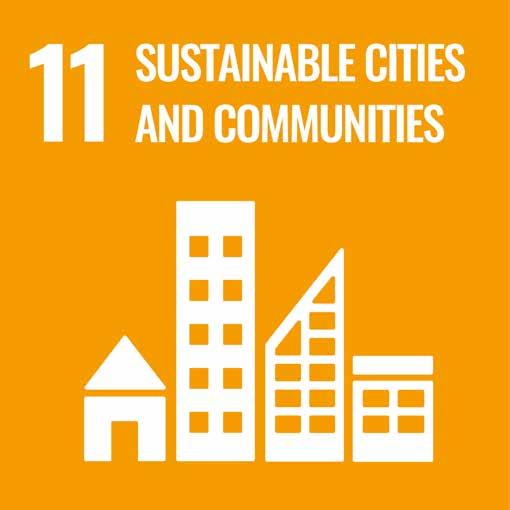8
THE NORWEGI AN DIREC TOR ATE FOR CULT UR AL HERITAGE
FRAMEWORKS
By signing the Paris Agreement in 2015, Norway has committed itself to reduce its greenhouse gas emissions and contribute to limit the global average temperature increase to below 2°C above pre-industrial levels and pursue efforts to limit the temperature increase to 1.5°C above pre-industrial levels. Norway has a goal of reducing greenhouse gas emissions by between 50–55% by 2030, compared with the emission levels of 1990. There is a lot of potential for reducing greenhouse gas emissions, energy use and waste, in using, upgrading, and reusing existing buildings. This is reflected in White Paper 16 (2019–2020) New Goals in CulturalEnvironmental Policy – Engagement, Sustainability and Diversity (the White Paper on cultural environments) and White Paper 13 (2020–2021) Climate Plan for 2021–2030. The climate plan highlights the importance of reusing buildings and building materials, and promoting the use of climate-friendly materials. Furthermore, the development of compact cities and towns is highlighted as an important climate initiative. This means that the potential for densification should be exploited before expanding to new development areas. The White Paper on cultural environments emphasises the importance of the cultural environment management’s participation in planning work and urban development
projects, and that the cultural environment management should be active and clear in identifying the room for manoeuvre so as to ensure that cultural environmental interests are safeguarded. National expectations regarding regional and municipal planning 2019–2023 emphasise that densification must include quality of the surroundings, with the emphasis on architecture, urban space, cultural environment, green infrastructure, and other environmental values. The climate plan highlights the importance of ensuring that forests and other green areas are protected to boost the absorption of carbon, and that cultural landscapes must be maintained by grazing and Norwegian food production. The White Paper on cultural environments also stresses the need for more climate change adaptation, and the need to understand how cultural environments are impacted by climate change. This must become a more important and integrated part of public planning. The cultural environment management must systematise and facilitate knowledge in order to provide an overview of cultural environments that are particularly vulnerable to climate change. The White Paper on cultural environments also stresses the importance of ensuring a diversity of cultural environments in land use and social planning, and how this will contribute to the national implementation of the UN’s Sustainable Development Goals.
The government’s climate and environment ambitions for government buildings and property in the civil sector >T he state must utilise existing buildings, and ensure the reuse of vacated properties. > The state must reuse former building materials and ensure that others have access to reuse materials from government buildings. >T he state must work with industry to promote climatefriendly materials. >T he state must establish a common method for measuring the climate and environmental impact from
buildings and properties in the state’s civil sector, with the aim of future improvement and establishing common goals. > S tate agencies must put great emphasis on the environmental benefits of reusing already developed land and existing buildings, and in locating close to city centres, towns and public transport hubs in line with the state guidelines for coordinated residential planning, land use and transport planning. This must apply when state agencies build, buy or lease premises.
Source: White Paper 13 (2020–2021) Climate Plan for 2021–2030, page 195.







